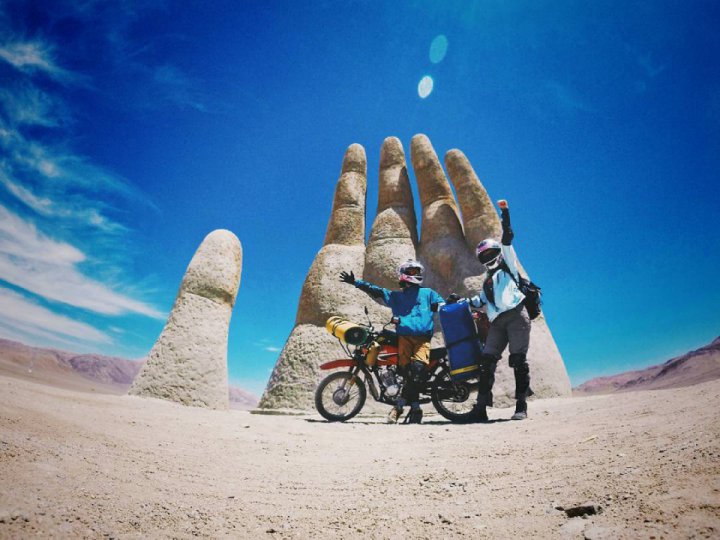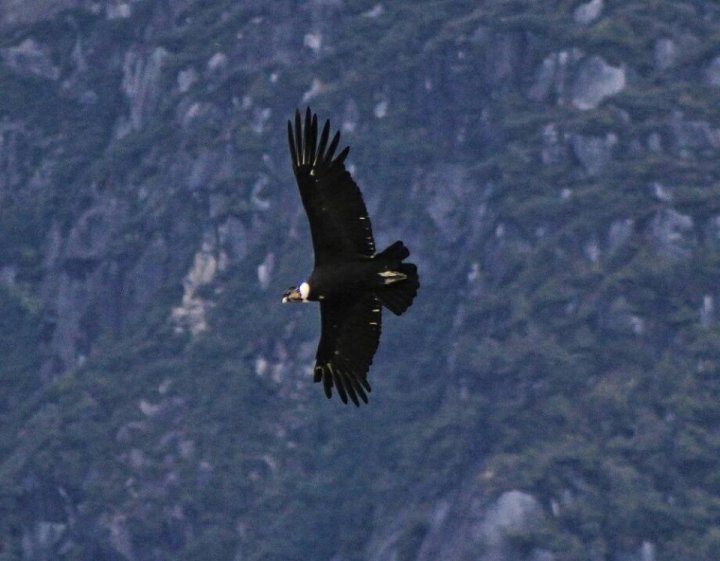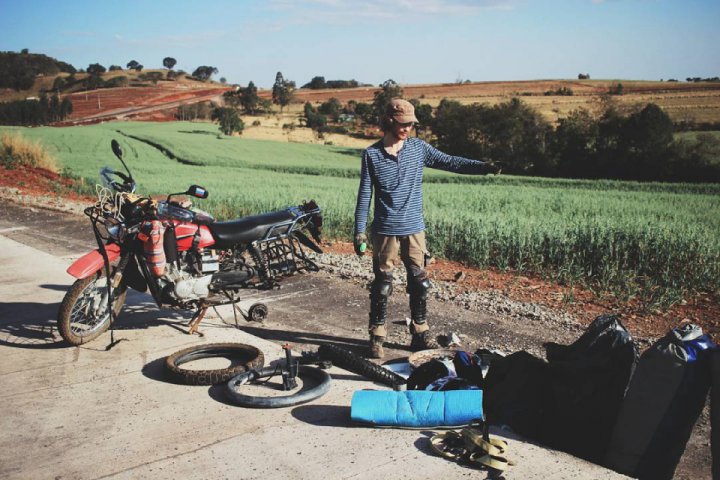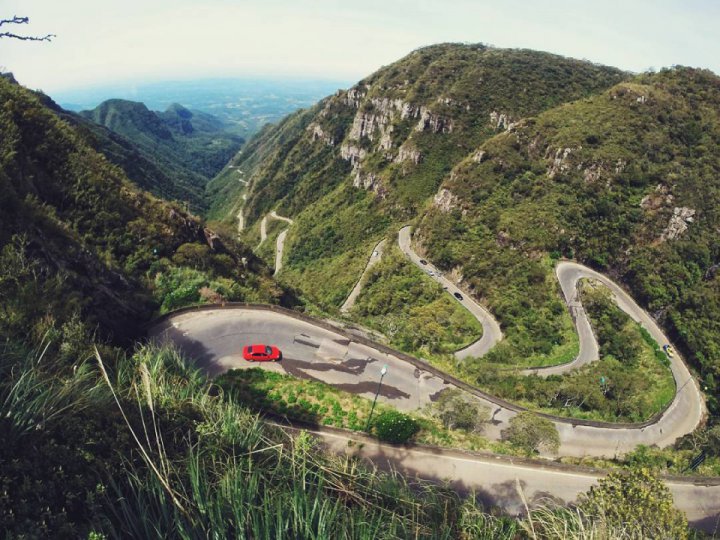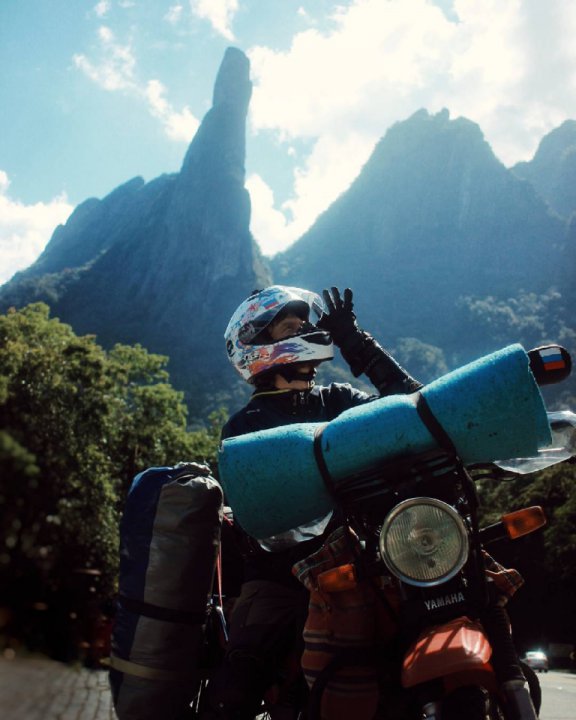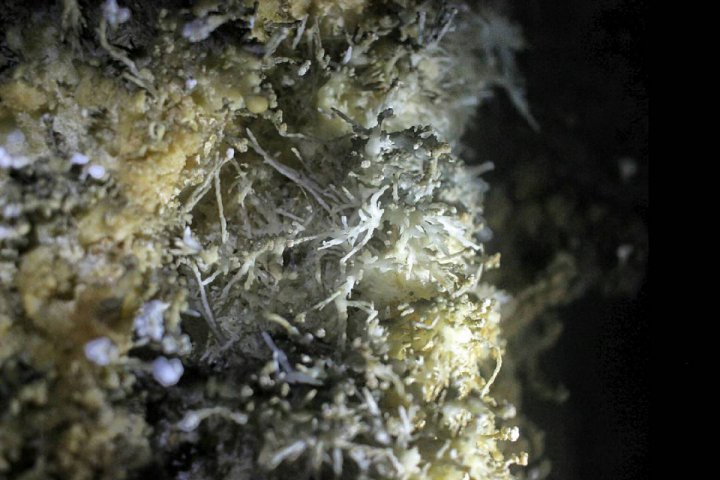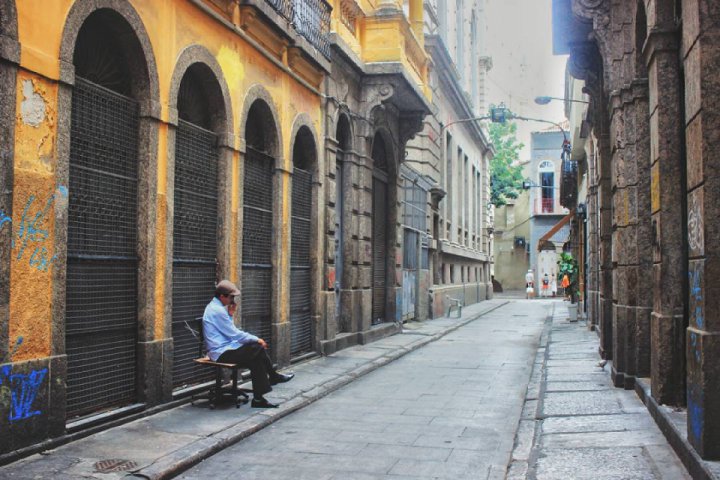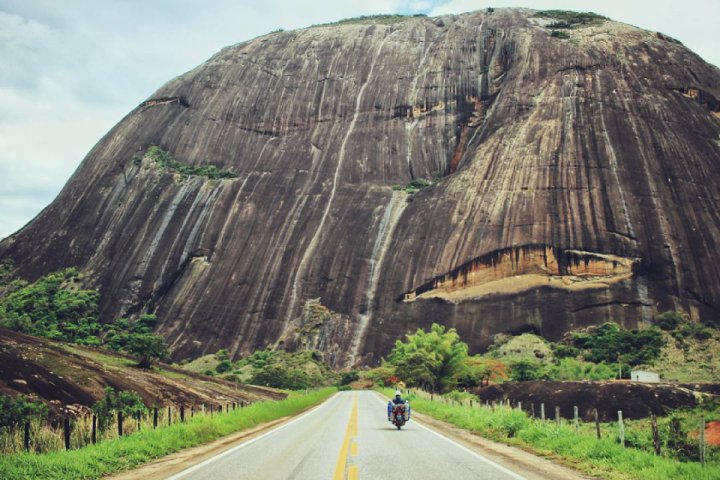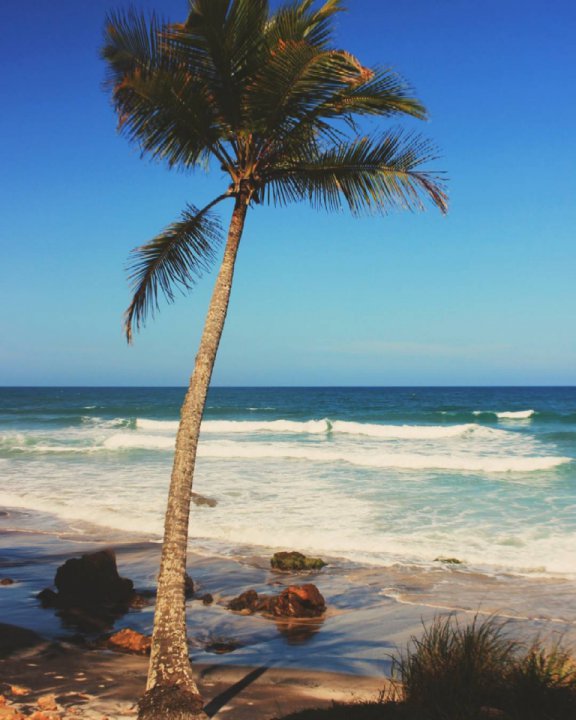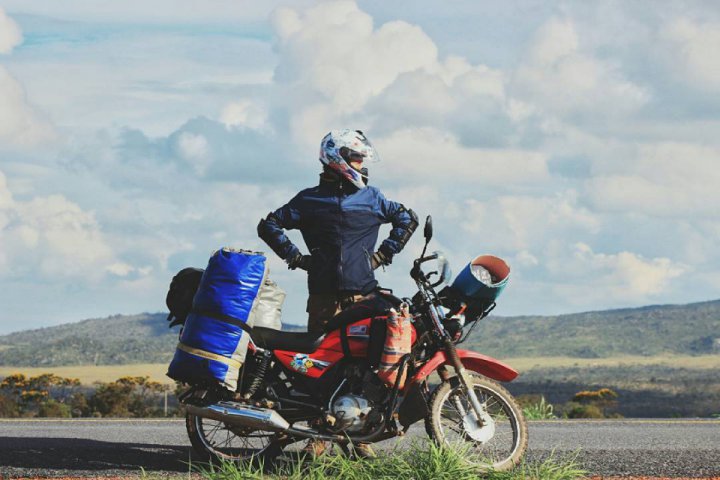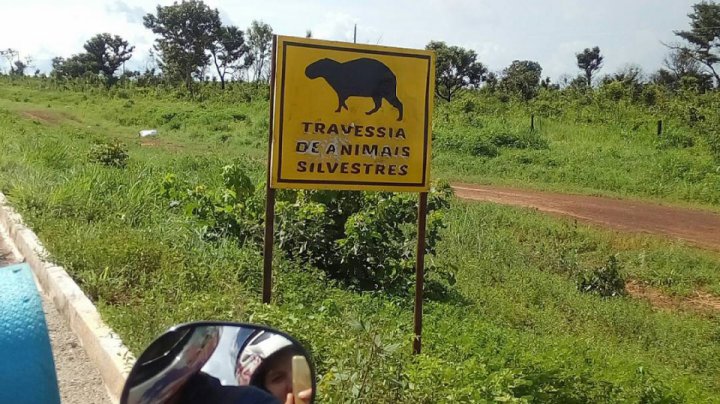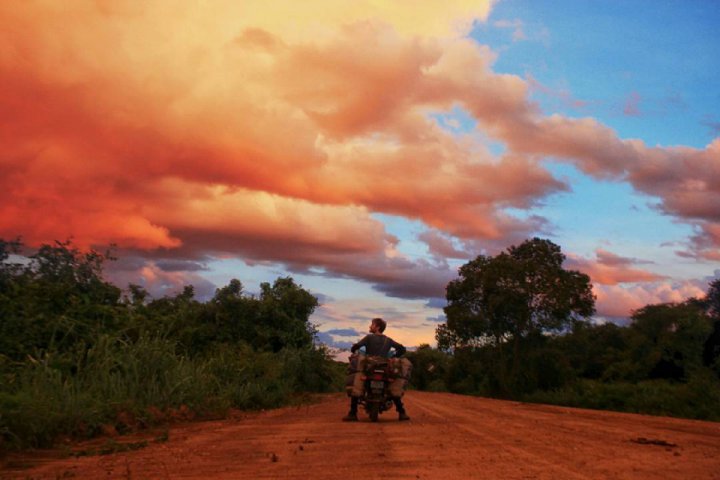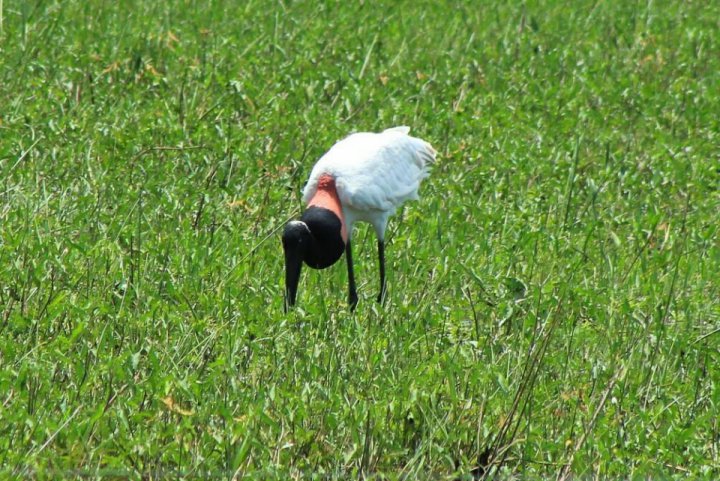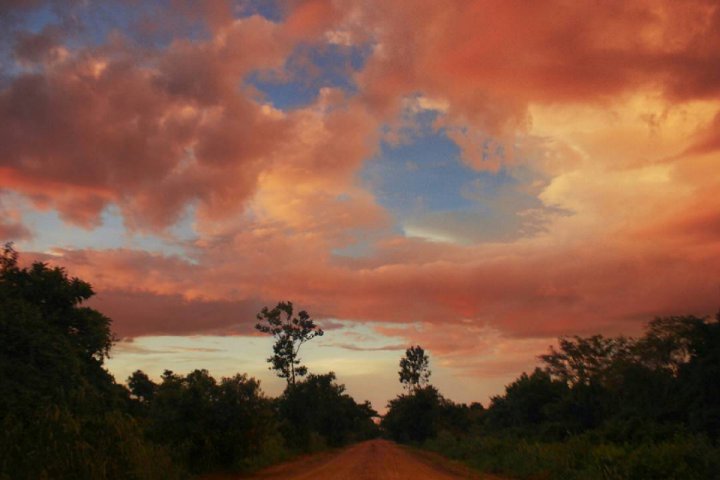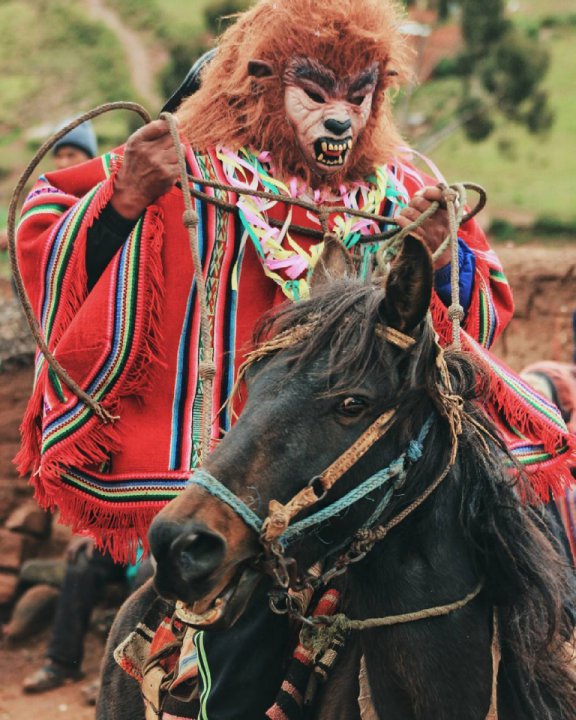Adventures of YB125 in Brazil. Part 3
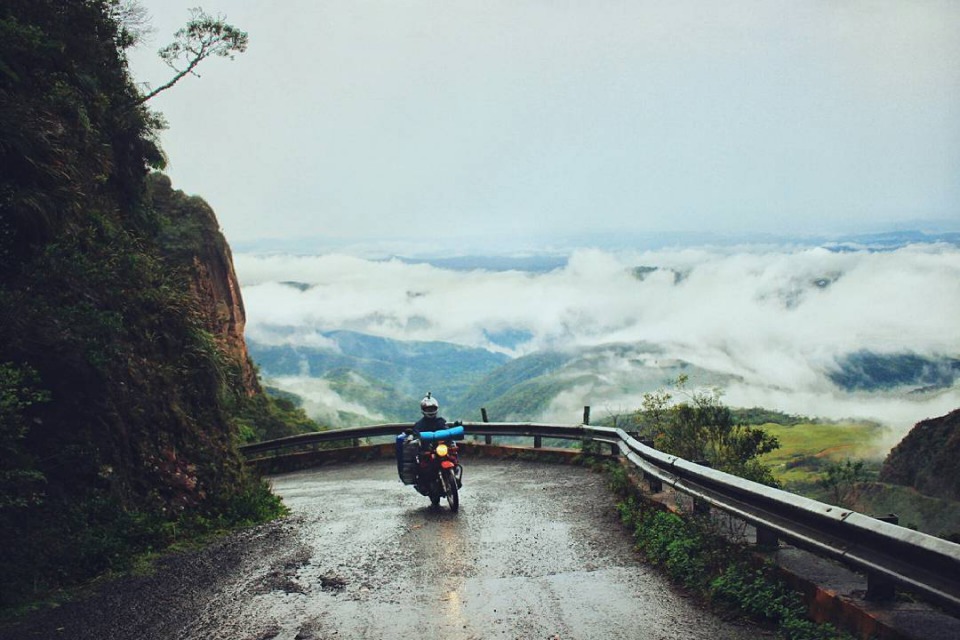
By tradition, today there will be many stories and photos. Let's go!
A little more photos of the Brazilians.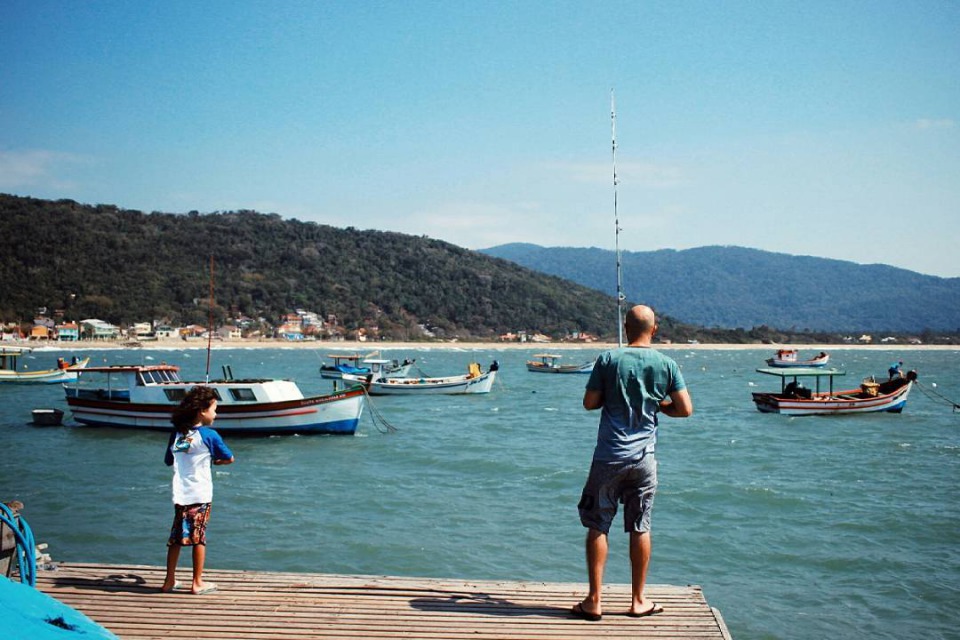
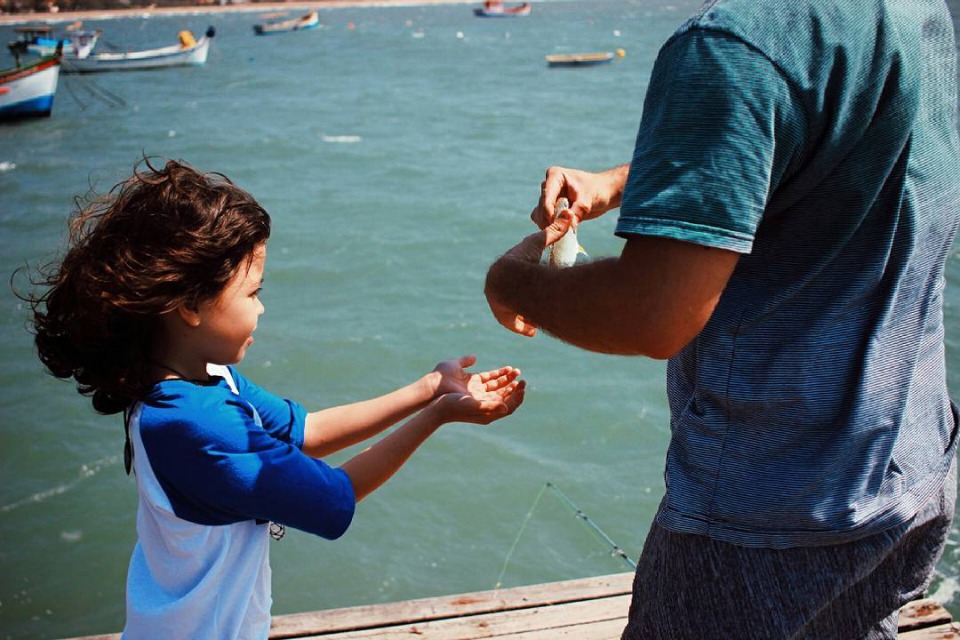

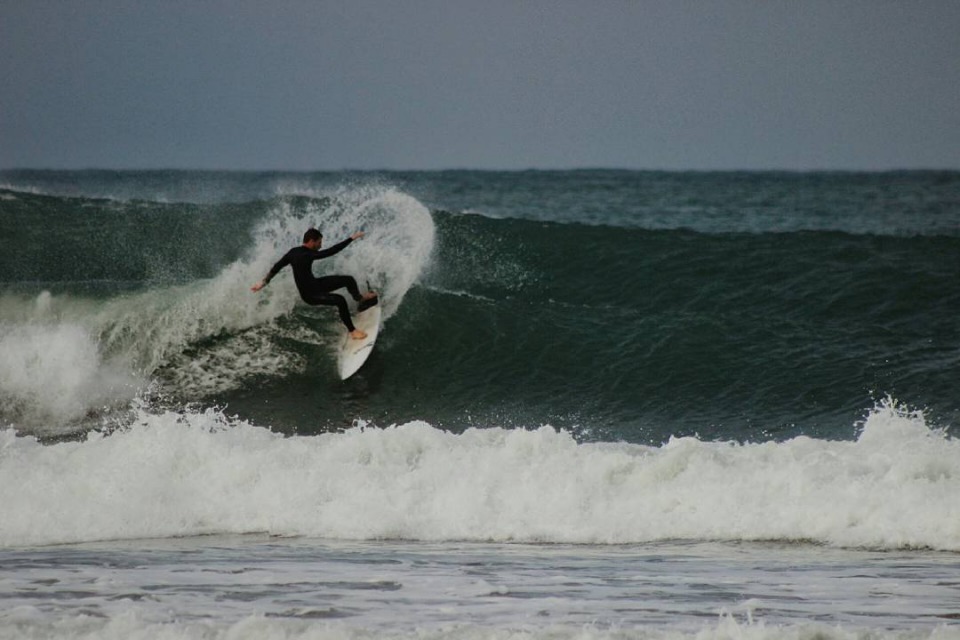
The island of Santa Catarina is rich in archeology. And here it manifests itself in three of its types - traces of indigenous tribes, the very first; a legacy of aliens from the northern regions of the continent of the pre-Columbian era; and - a colonial history (Spain and Portugal) as a graphic illustration of savagery. This is expressed in megalithic workshops (these are the circles below in the photo on magmatic rocks, as well as tools) - the oldest; petroglyphs - a little newer;
and the newest ones are the ruins of colonial settlements, and around them there are debris from excess fishing, well, for example, the mountains of whale bones, which were not so long ago inhabited here in abundance.
and the newest ones are the ruins of colonial settlements, and around them there are debris from excess fishing, well, for example, the mountains of whale bones, which were not so long ago inhabited here in abundance.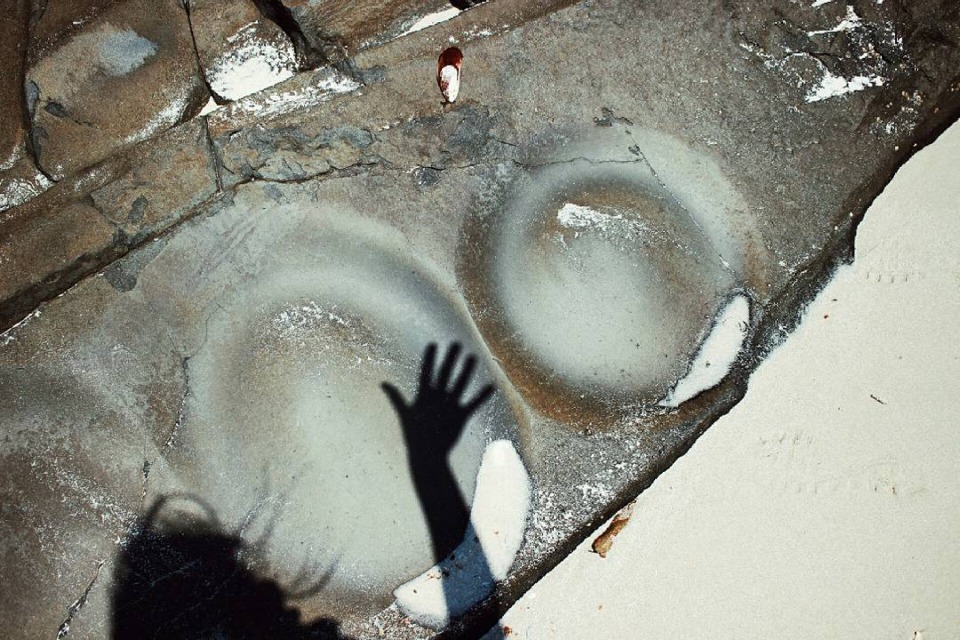
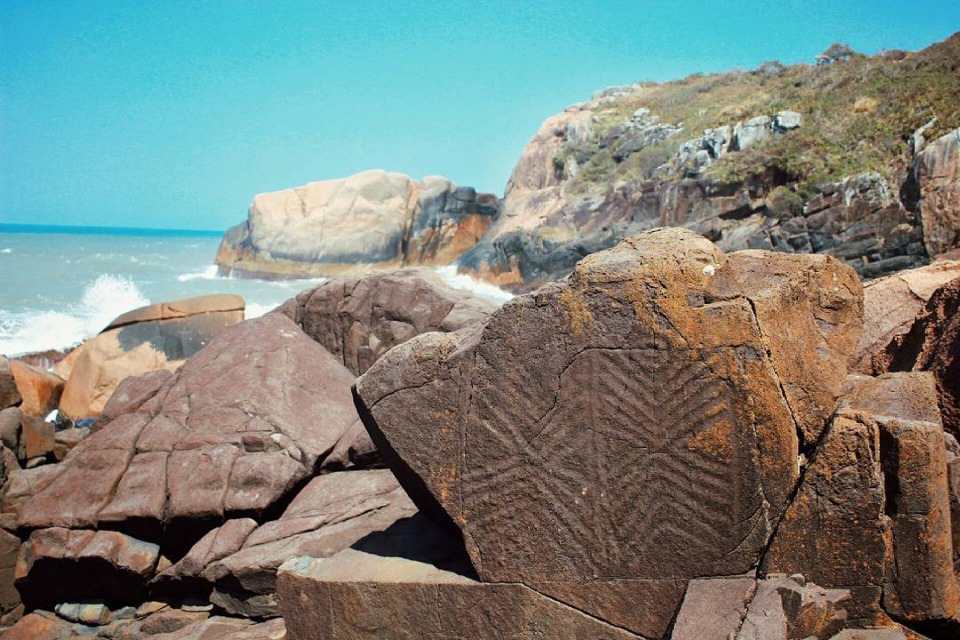

Florianopolis is considered the Brazilian capital of snorkeling (and also diving, but we both do not possess this skill). "So the hour of our mask with a pipe came!" We were delighted. But the joy was short, local winter and spring is clearly not the best time to confirm this Florianopolis rank. Due to the changeable weather and wind, the coastal waters are cloudy. In addition, it's cold :)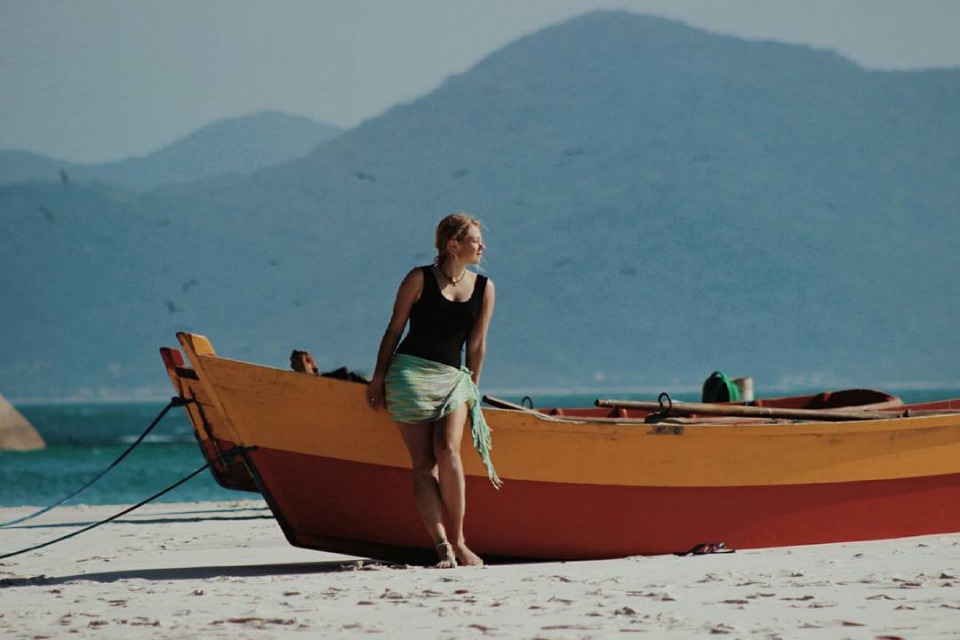

Tapioca is very popular for breakfast in Brazil (they also eat sweet tapioca in the evening). Tapioca is a product obtained from cassava. Methods of processing cassava before obtaining such starchy balls came from the Indians, who lived on the Brazilian lands. And to this day tapioca is very popular in Brazil. It is very neutral, it does not have its own bright taste. The actual taste of the dish will depend solely on filling.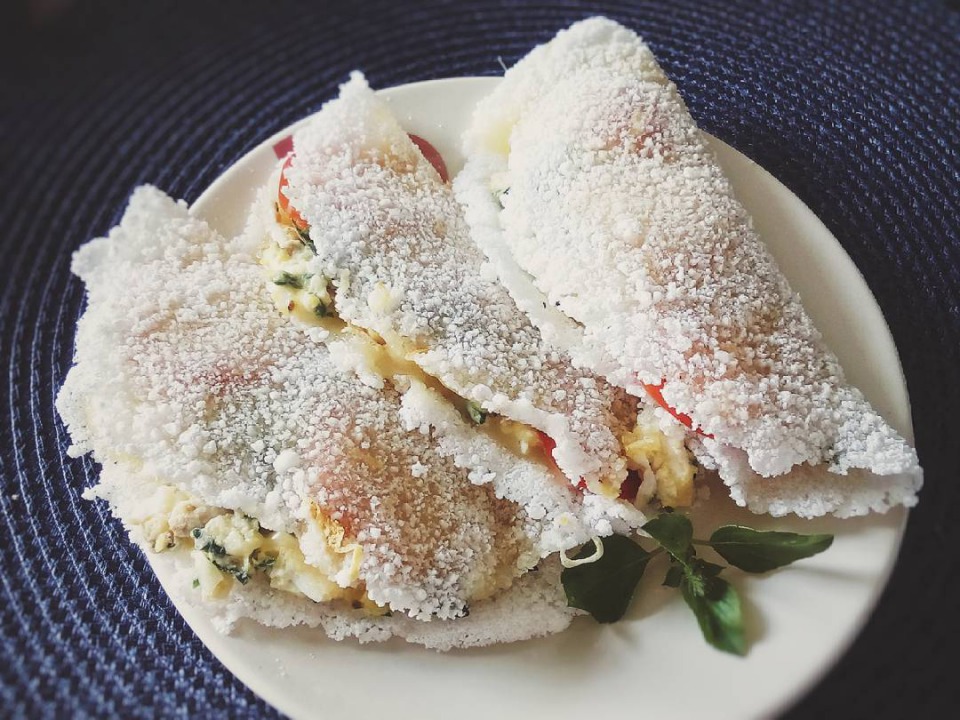
Not far from Florianopolis there is the Parque Estadual do Rio Vermelho, which is not only free to enter, but also rehabilitates and maintains non-rehabilitated wild animals. This is not a zoo. A few inhabitants found themselves in it for various reasons. Birds are most often wounded by electrocution. These two owls will not be able to work wings. Now they are engaged in each other, only sometimes distracted by visitors.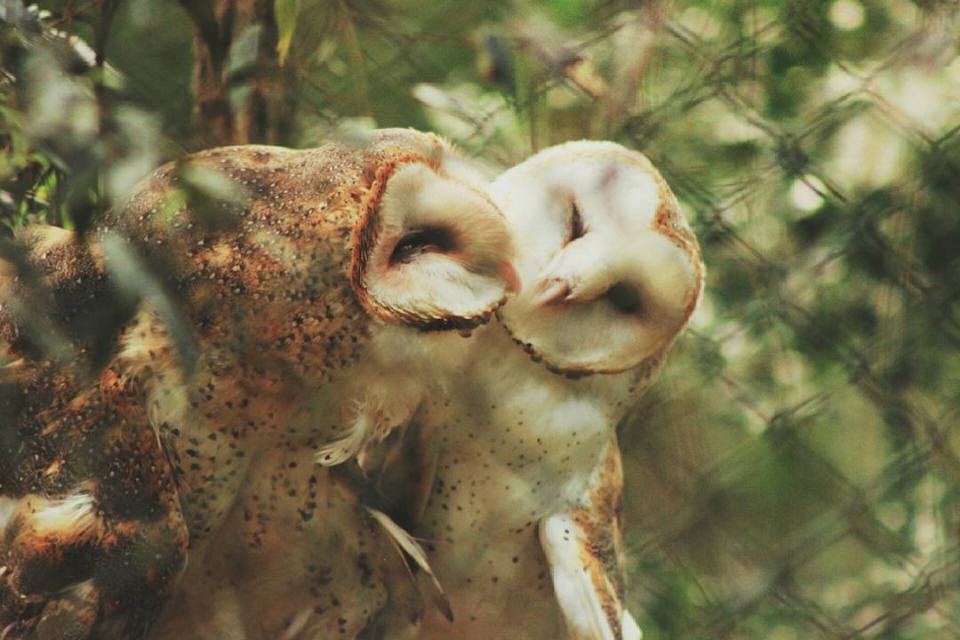
Most of the birds in the park, of course are parrots. Most parrots are green talking loro (there are three more macaws). Such parrots can't survive in these forests - there is not enough fruit and seeds, of which their diet consists. Therefore, discarded parrots settle in the park.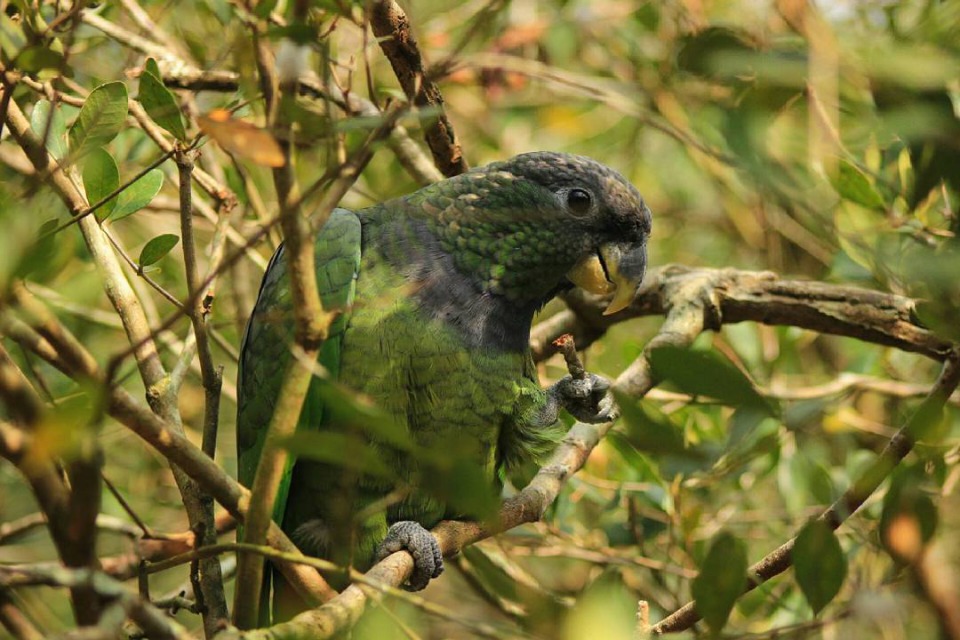
There also a lot of turtles. Some people buy turtles for aquariums, when they get bored, let them go to the local lagoons; other people catch these turtles from the lagoons (which by the way suffer a disastrous ecological situation) and bring the rangers. So in the park there was made a whole tortoise town.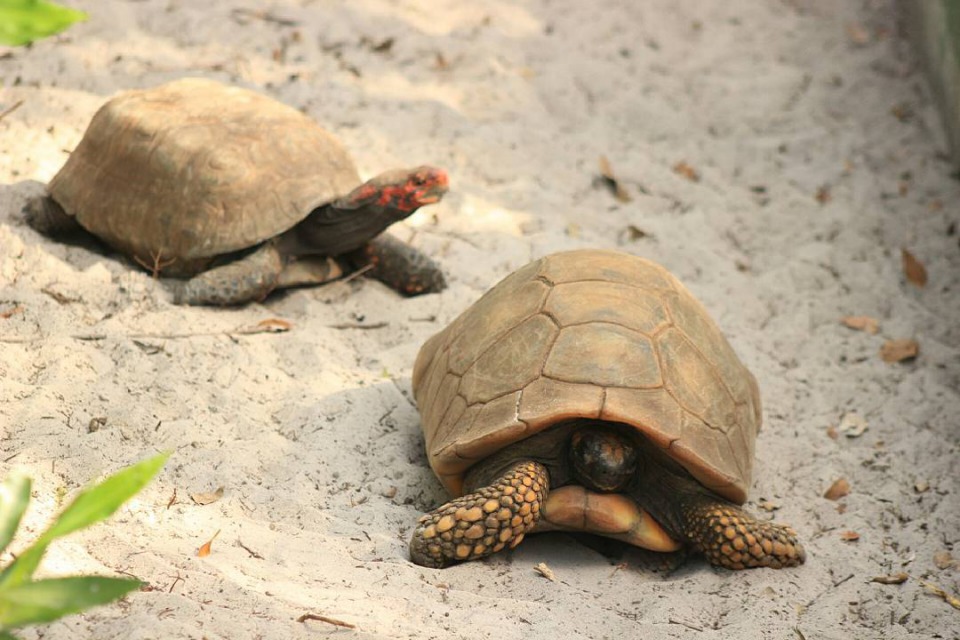
For two months we bought a used surfboard and new wetsuits. Time flew by unnoticed, we had a good rest and now the time has come to sell temporary property and go on!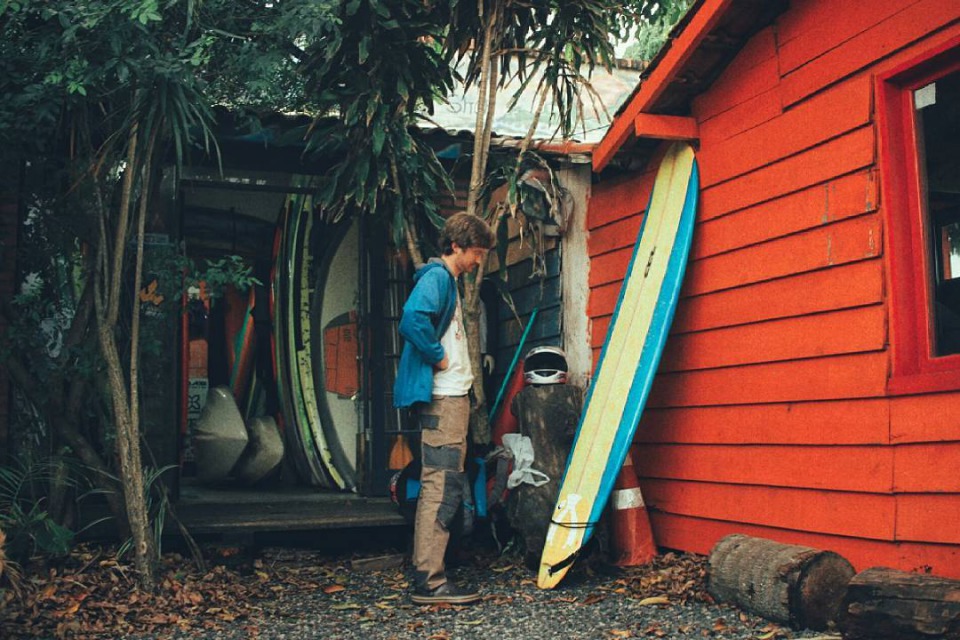
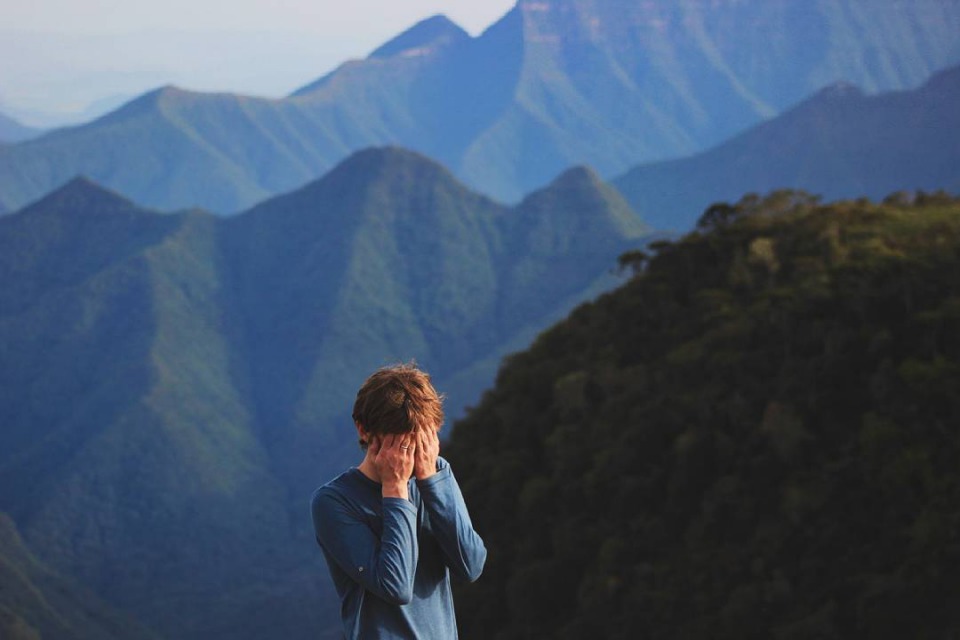
We have chosen the road for a long time, but the late start at lunch time predetermined the way for us. We were even upset that we had to take "this boring, wide, straight road!" And while we were thinking this way, the road led us straight to the gift. From one of the bridges my wife suddenly saw dolphins. "Dolphins! Dolphins! ». "What dolphins, this is a lagoon!"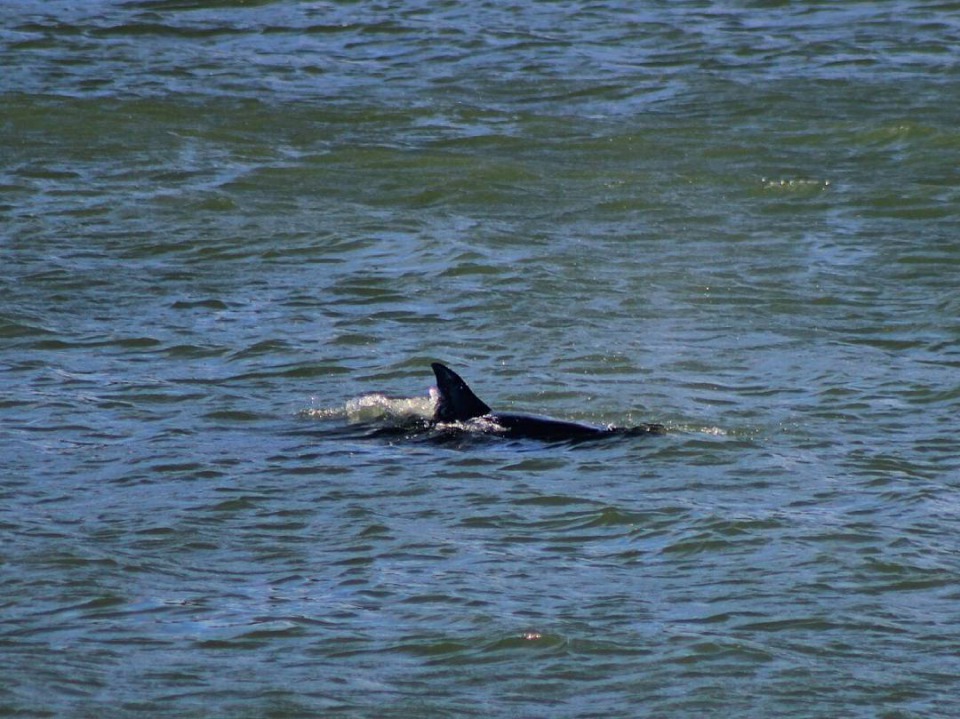
On the map it turned out that this is not a lagoon, but an extensive bay with a narrow entrance from the ocean, and therefore we quickly turned onto its shore. On the shore there were several fishermen with such nets, and above the bay, dolphin fins were continually showing up and sprays of breathing and tails flew up.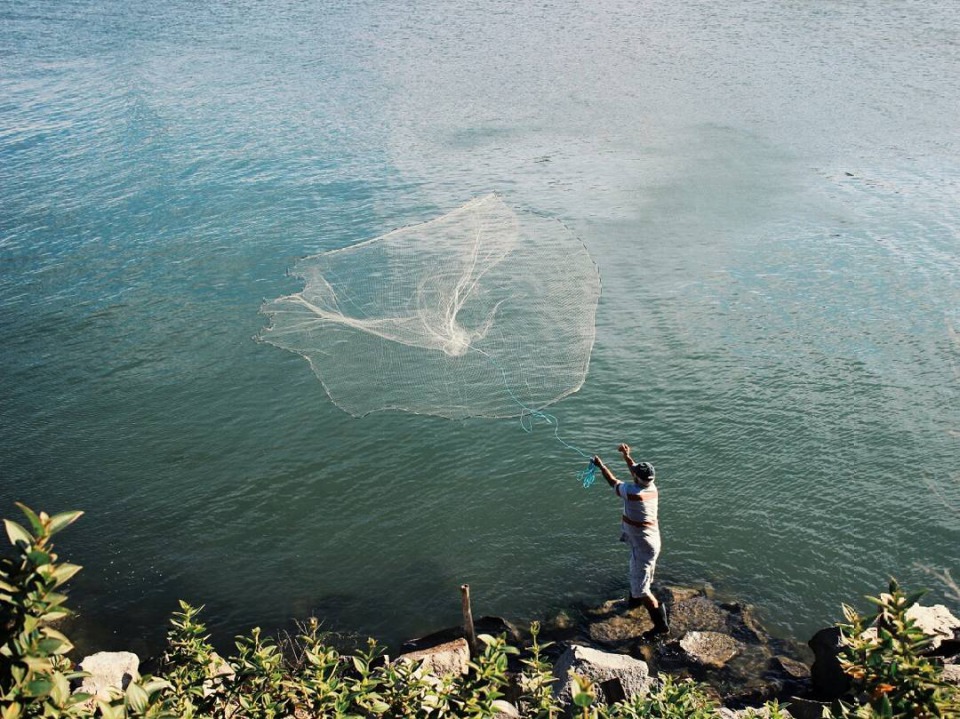
There were a lot of dolphins, and we counted three species, differing in color, size, and outlines of fins and moors. Fishing was successful for people and for dolphins.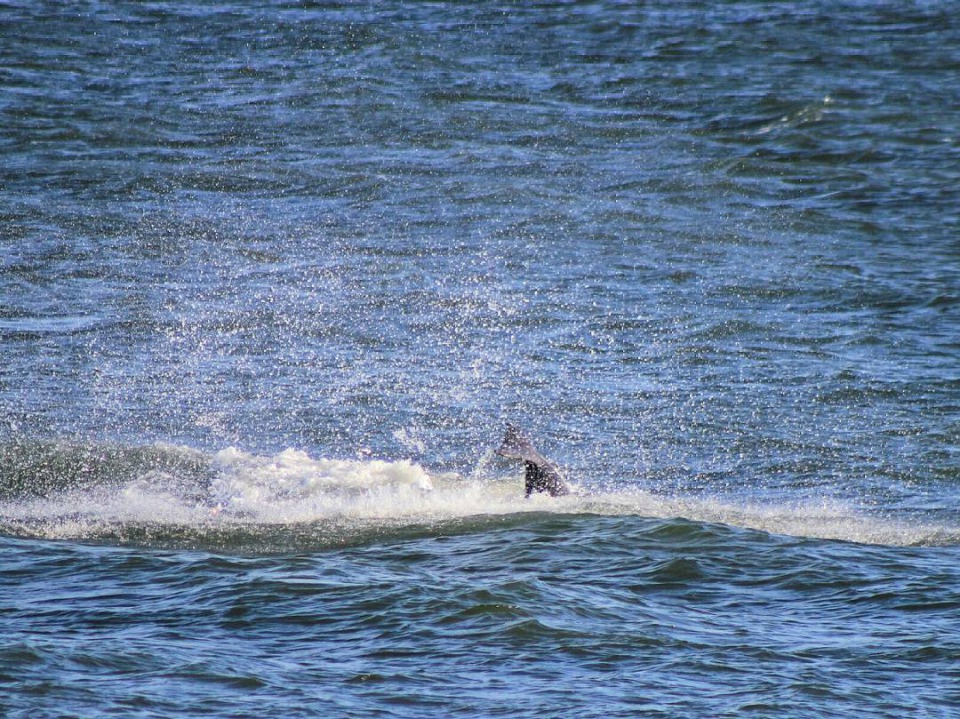
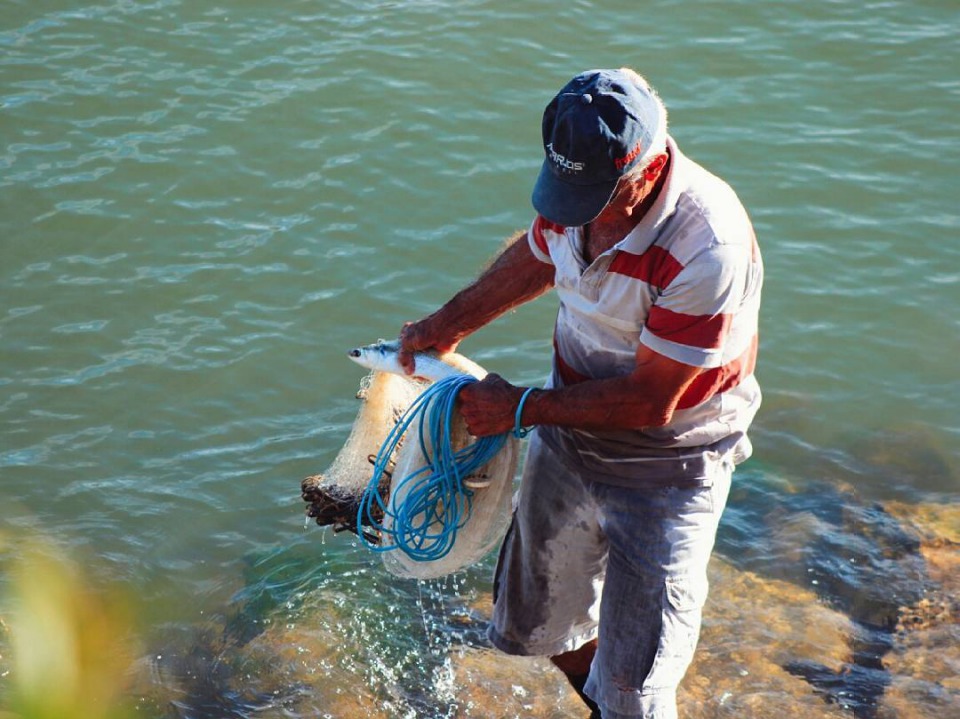
To be continued...
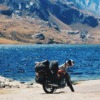
 Follow
2.2K
Follow
2.2K


